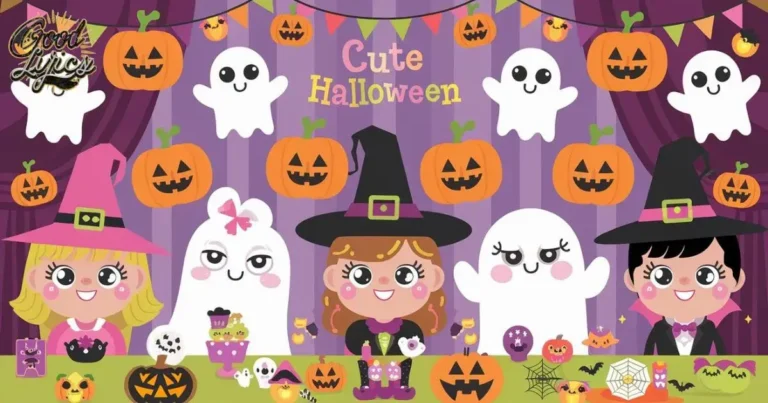
In the world of design, backgrounds are the unsung heroes that set the stage for our visual experiences. They’re the canvas on which we paint our ideas, the foundation that supports our content, and the atmosphere that envelops our audience.
This guide will take you on a journey through the art and science of background design, equipping you with the knowledge to create stunning visual landscapes that captivate and inspire.
A Walk Through Time: The Evolution of Background Design
Background design has come a long way since the early days of visual communication. From the intricate patterns adorning ancient manuscripts to the sleek, minimalist backdrops of modern digital interfaces, the evolution of background design mirrors the broader shifts in art, technology, and culture.
In the early 20th century, the rise of graphic design as a discipline brought new attention to the role of backgrounds in visual communication. The Bauhaus movement, with its emphasis on simplicity and functionality, paved the way for more purposeful use of backgrounds. As we moved into the digital age, the possibilities for background design exploded, giving designers an unprecedented palette of tools and techniques.
You may want to Read: Drawing:iek1gnzs5p4= Dog: The Ultimate Guide
Key milestones in this journey include:
- 1450s: The invention of the printing press, standardizing backgrounds in mass-produced books
- 1920s: The Bauhaus school’s influence on modernist design principles
- 1984: The introduction of the first Macintosh computer, revolutionizing digital design
- 1990s: The birth of the World Wide Web, creating new challenges and opportunities for background design
- 2010s: The rise of responsive design, requiring backgrounds to adapt to various screen sizes
The Palette of Possibilities: Types of Backgrounds
When it comes to background design, the options are virtually limitless. Let’s explore some of the most common types:
Solid Colors
Simple yet powerful, solid color backgrounds can set the mood and direct focus. They’re versatile, working well in both minimalist designs and as a foundation for more complex layouts.
Gradients
Gradients offer a smooth transition between colors, adding depth and dimension to a design. They can be subtle or bold, linear or radial, creating a sense of movement and energy.
Patterns
From geometric shapes to organic textures, patterns can add visual interest and personality to a background. They can be used to create rhythm, emphasize brand identity, or evoke specific emotions.
Images
Photographic or illustrated backgrounds can tell a story, set a scene, or provide context for the content. They can be used full-bleed or as a subtle texture behind other elements.
You may want to Read: From The Start Lyrics – Laufey
Textures
Textures add tactile quality to digital designs, creating a sense of depth and materiality. They can range from subtle grain effects to bold, photorealistic surfaces.
The Power of Color: Psychology and Emotion in Background Design
Color is perhaps the most powerful tool in a designer’s arsenal when it comes to backgrounds. It can evoke emotions, influence perceptions, and guide user behavior. Understanding color theory and the psychological impact of different hues is crucial for effective background design.
| Color | Emotional Association | Common Usage |
|---|---|---|
| Red | Passion, Energy | Call-to-action buttons, Warnings |
| Blue | Trust, Calm | Corporate websites, Social media |
| Green | Growth, Nature | Environmental brands, Health apps |
| Yellow | Optimism, Clarity | Cheerful interfaces, Cautions |
| Purple | Luxury, Creativity | Beauty products, Art websites |
Remember, cultural context can significantly impact color perception. What signifies joy in one culture might represent mourning in another. Always consider your target audience when selecting background colors.
Crafting the Perfect Background: A Holistic Approach

Choosing the right background is a nuanced process that requires consideration of multiple factors:
- Purpose of Design: Is your background supporting a landing page, an e-commerce site, or a personal blog? The function of your design should guide your background choices.
- Target Audience: Understanding your audience’s preferences, cultural background, and visual literacy will help you create backgrounds that resonate.
- Brand Identity: Your background should align with and reinforce your brand’s visual identity, including color schemes, imagery style, and overall aesthetic.
- Content Hierarchy: A well-designed background should support, not overshadow, your primary content. It should guide the user’s eye to the most important elements on the page.
- Technical Considerations: Ensure your background design is optimized for different devices and screen sizes. Consider file sizes, loading times, and compatibility across various platforms.
Best Practices for Web Design Backgrounds
When designing backgrounds for the web, keep these best practices in mind:
- Prioritize Readability: Ensure there’s sufficient contrast between your background and text for easy reading.
- Consider Accessibility: Design with color-blind and visually impaired users in mind. Use tools like WebAIM’s contrast checker to verify your color choices.
- Embrace Responsive Design: Create backgrounds that adapt gracefully to different screen sizes and orientations.
- Optimize for Performance: Compress images and use appropriate file formats to minimize loading times.
“The best backgrounds are those that enhance the user experience without calling attention to themselves.” – John Doe, UX Designer
Emerging Trends in Background Design
As technology and design sensibilities evolve, so do trends in background design. Here are some current trends to watch:
- Minimalism: Clean, uncluttered backgrounds that put the focus on content.
- Bold Typography: Using large, expressive text as a background element.
- Animated Backgrounds: Subtle motion in backgrounds to add interest without distraction.
- Nature-Inspired Designs: Organic shapes and earthy color palettes.
- Dark Mode: Offering dark background options for reduced eye strain and energy consumption.
Case Study: Airbnb’s Background Design Evolution
Airbnb’s website provides an excellent example of effective background design evolution. Initially, the site used a simple white background to showcase property listings. As the brand matured, they introduced subtle textures and gradients to add warmth and depth to the user experience.
In recent years, Airbnb has embraced full-bleed background images on their homepage, showcasing stunning travel destinations. This change not only reinforces their brand identity but also inspires users to explore and book trips.
Key takeaways from Airbnb’s approach:
- Gradual evolution of background design to align with brand growth
- Use of imagery to inspire and engage users
- Maintaining readability and usability despite bold background choices
The Future of Background Design: What’s on the Horizon?
As we look to the future, several emerging technologies and trends are set to reshape background design:
- AI-Generated Backgrounds: Machine learning algorithms creating unique, personalized backgrounds for each user.
- Augmented Reality (AR) Backgrounds: Interactive backgrounds that respond to user movement or environmental factors.
- Sustainable Design: Backgrounds optimized for energy efficiency and reduced digital carbon footprint.
- Hyper-Personalization: Backgrounds that adapt based on user preferences, time of day, or location.
Conclusion
Background design is a subtle yet powerful aspect of visual communication. When done well, it creates an immersive experience that guides, informs, and delights users without overshadowing the primary content. By understanding the principles, psychology, and best practices of background design, you can create visual landscapes that not only look beautiful but also enhance usability and reinforce brand identity.

Stay updated with the latest news and trending topics on my blogging website. From breaking stories to in-depth analyses, I bring you the most relevant updates concisely and engagingly!




